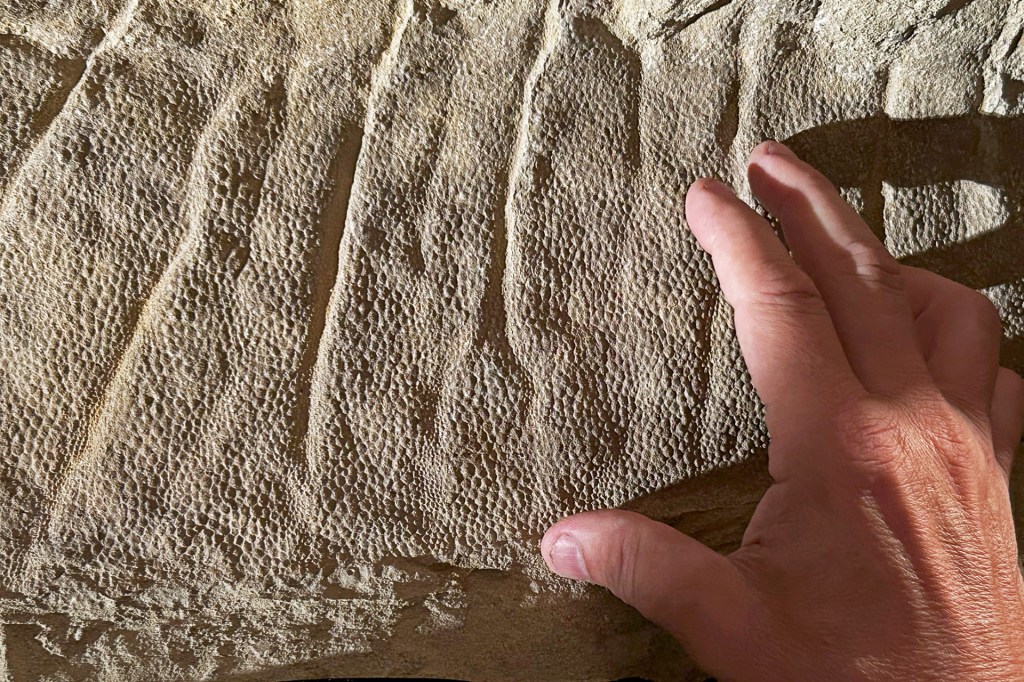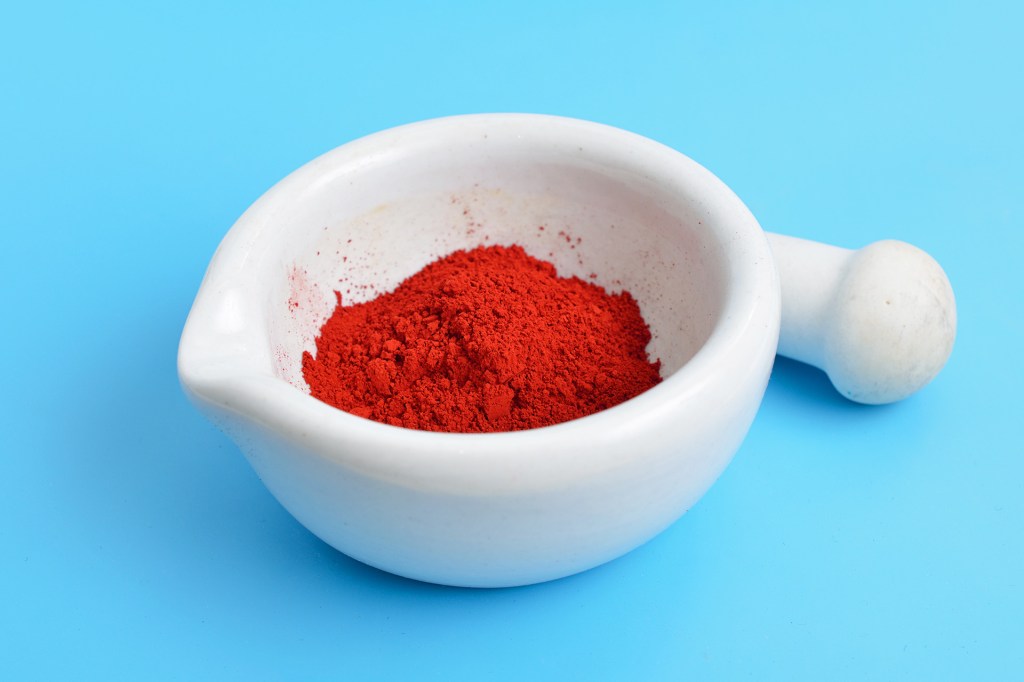Mystery of the Sea
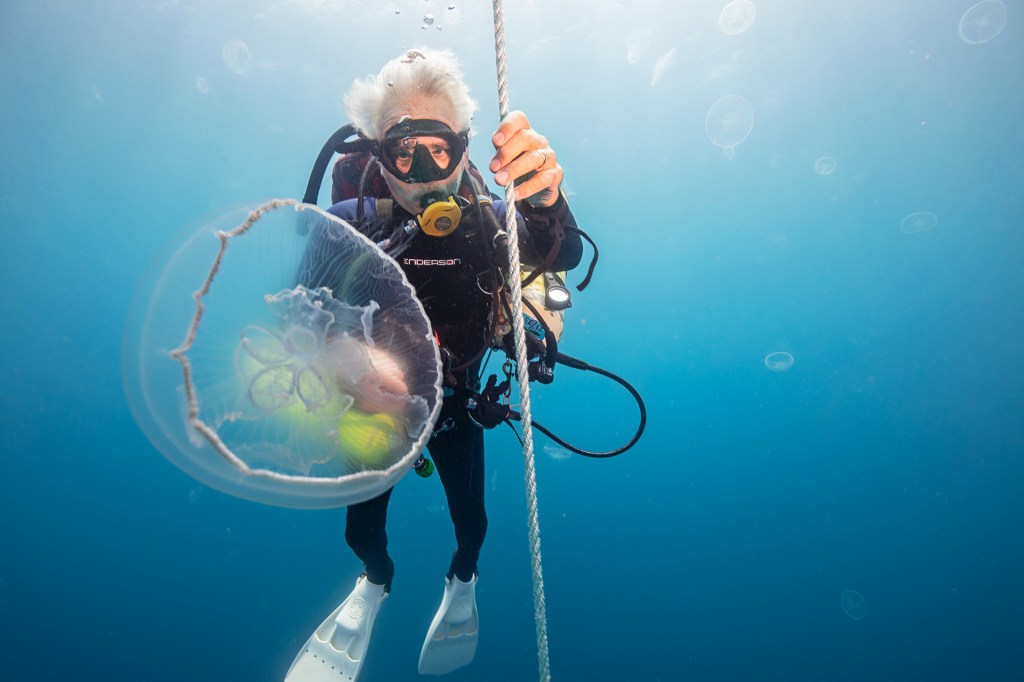
Legend has it that in the 1970s, a boat captain spotted a green banana peel floating above a sinkhole about 50 miles off the coast of Florida. That sinkhole is now known as the Green Banana.
A sinkhole is a hollow place in the Earth in which water collects. The Green Banana sinkhole starts about 160 feet below the ocean’s surface and goes another 265 feet down. Scientists think it formed thousands of years ago. Sea levels were low then, exposing porous
porous
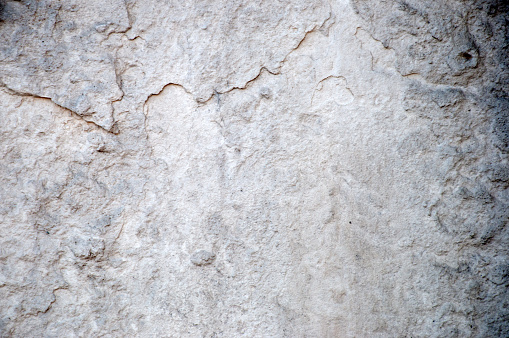 BY EVE LIVESEY—GETTY IMAGES
capable of being penetrated by air or water
(adjective)
Limestone is a porous rock.
rock. Over the years, rain dissolved the rock and carved a hole in it. Since then, sea levels have risen and covered the hole with water.
BY EVE LIVESEY—GETTY IMAGES
capable of being penetrated by air or water
(adjective)
Limestone is a porous rock.
rock. Over the years, rain dissolved the rock and carved a hole in it. Since then, sea levels have risen and covered the hole with water.
Emily Hall is a senior scientist at Mote Marine Laboratory, in Florida. In August and September, she led the first-ever scientific mission to the Green Banana. Its findings will help us better understand sinkholes. “We’re learning about how unique they are,” Hall told TIME for Kids, “and why they might be important to the ecosystem.”
Diving to Discover
The seawater in sinkholes is unusual. It’s richer in nutrients than the surrounding waters. Microscopic algae called phytoplankton feed on the nutrients. Small fish feed on the algae. Larger fish feed on small fish. Because of this diversity of life, Hall calls sinkholes “oases
oasis
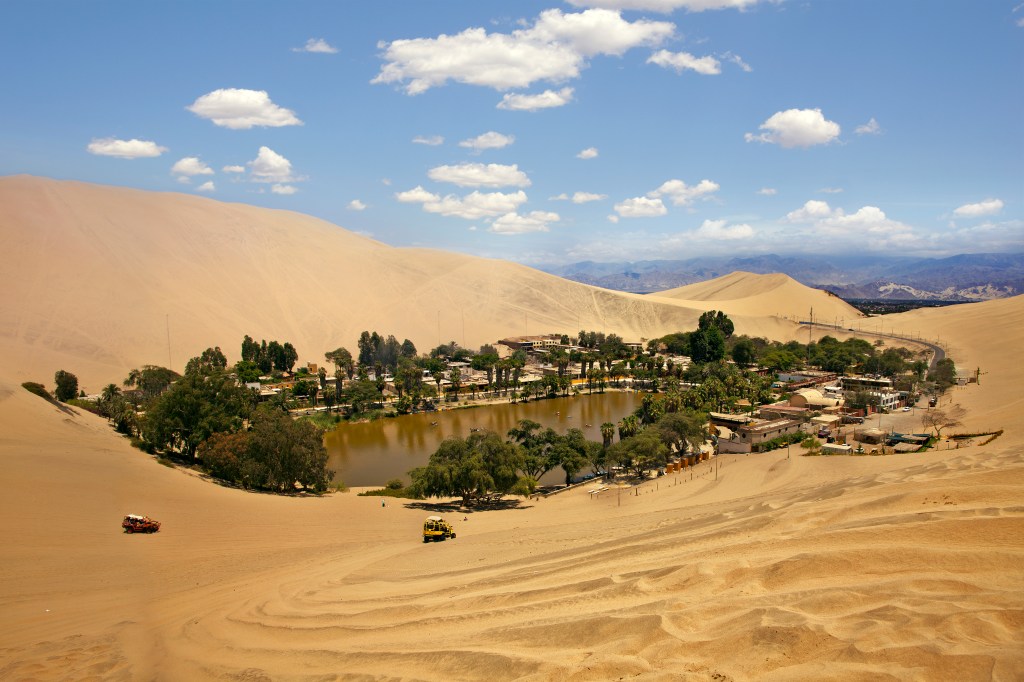 ISTVAN KADAR PHOTOGRAPHY/GETTY IMAGES
a place where there's more life than in the surrounding area
(noun)
Lake Huacachina is an oasis in Peru.
of the sea.”
ISTVAN KADAR PHOTOGRAPHY/GETTY IMAGES
a place where there's more life than in the surrounding area
(noun)
Lake Huacachina is an oasis in Peru.
of the sea.”
But there could be a downside to this abundance. Scientists wonder if the nutrients are causing red tide. This happens when algae grow out of control. Some species of algae release toxins that kill marine life.
Hall says these algae species were found in the Green Banana. “Could there be a connection between red tide and nutrients in these holes?” Hall asks. “We hope to investigate in the future.”
Mission Challenges
Exploring the Green Banana isn’t easy. Only divers trained to swim below 130 feet can reach it. Jim Culter is one of these divers. Like Hall, he’s also a senior scientist at Mote Marine Laboratory. During the mission, Culter swam to depths of more than 300 feet. “We tried to reduce the number of divers going in because [of the] risk,” he says.
Scientists will return to the Green Banana in May, to see how it might have changed since their first visit. Culter is gearing up for the dive. “No matter how many times you go down,” he says, “it can be quite dramatic.”





